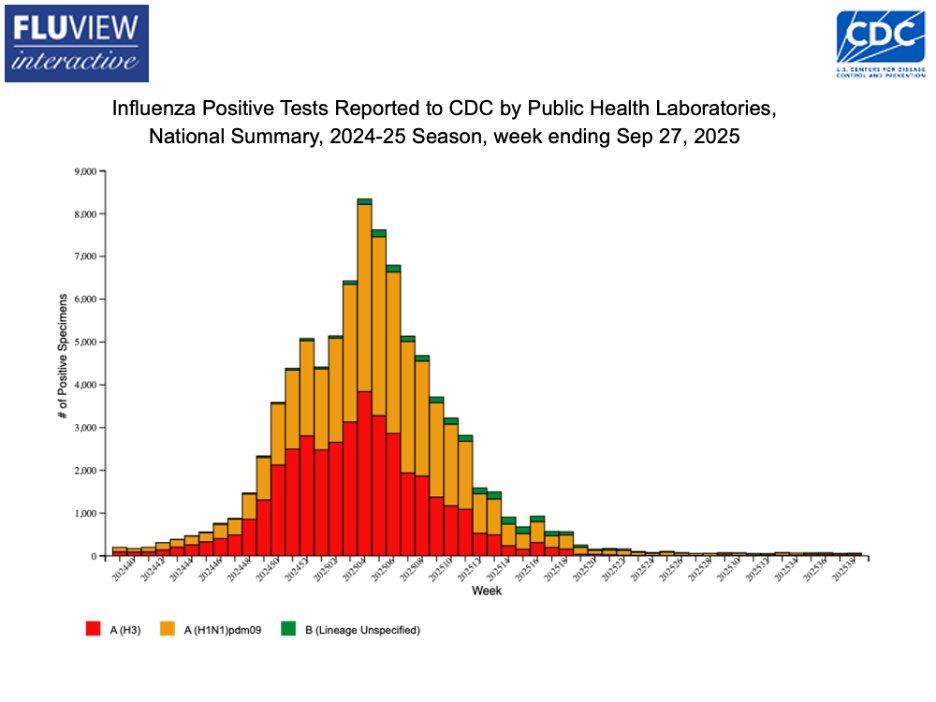For those of you that have asked me why I am convinced that cryptic lineages are coming from people, I can finally point to a pre-print with @dho and many fantastic collaborators in the UWisc and Wisc Public Health.
medrxiv.org/cgi/content/sh…
medrxiv.org/cgi/content/sh…
It's pretty straightforward. We started with a sewershed that produces enough wastewater to fill about 30 olympic swimming pools a day. We sampled about a quarter cup.
But something didn't smell right.
It had a cryptic lineage, a SARS-CoV-2 RNA that was completely unknown.
But something didn't smell right.
It had a cryptic lineage, a SARS-CoV-2 RNA that was completely unknown.

For the next several months my collaborators continued to take sub-samples from throughout the sewershed and sent them to me to figure out which one 'didn't smell right'.
With each round of sampling we further narrowed the source of the cryptic lineage.
With each round of sampling we further narrowed the source of the cryptic lineage.

We finally narrowed the source to a single manhole, and then to a single set of bathrooms.
The sample from that bathroom contained by far the most SARS-CoV-2 RNA I had ever seen from a wastewater sample. We could have diluted it a million-fold and still detected the lineage.
The sample from that bathroom contained by far the most SARS-CoV-2 RNA I had ever seen from a wastewater sample. We could have diluted it a million-fold and still detected the lineage.
This bathroom was not used by any rats or white tailed deer. The signal was coming from a person.
We also learned from this 'homogeneous sample' about the complete viral sequence. It was from a lineage that circulated over a year ago.
The person has been infected a long time.
We also learned from this 'homogeneous sample' about the complete viral sequence. It was from a lineage that circulated over a year ago.
The person has been infected a long time.
We still don't know which person is the source (most were tested by nasal swabs and were negative), and more importantly, we don't know why the lineage is not spreading.
We suspect that the source is a long-term COVID infection of someone's GI tract.
We suspect that the source is a long-term COVID infection of someone's GI tract.
There are still a lot of questions that need to be answered, but we have at least started to figure out what the right questions are.
• • •
Missing some Tweet in this thread? You can try to
force a refresh









